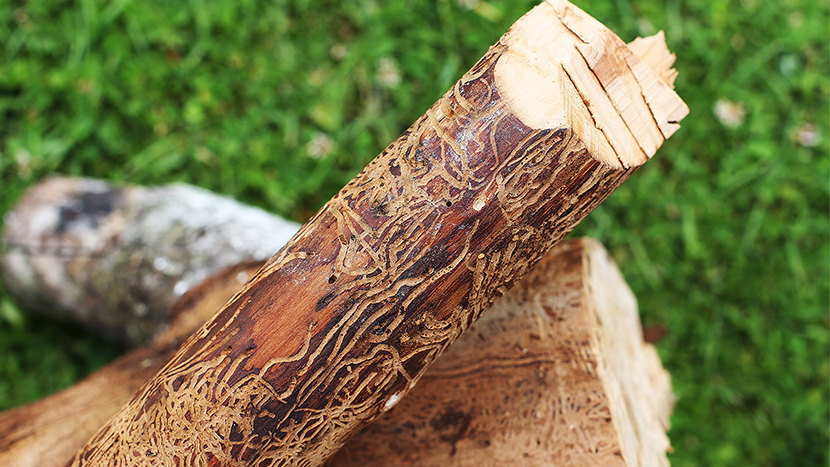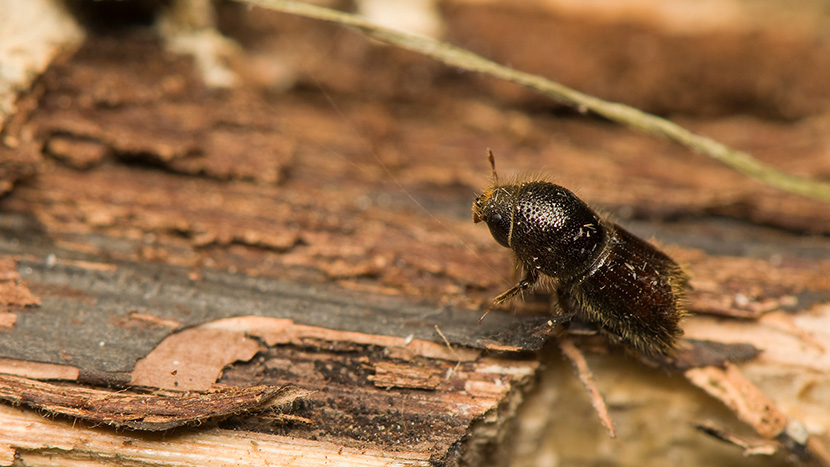How Do Bark Beetles Kill Trees?
Have you ever been walking in the woods and seen a spot on a tree where the bark was tearing away or gone, and underneath is what looks like a little maze of shallow tunnels? This is the scarring left behind from a close symbiotic relationship between bark beetles and trees, beneficial for one, while potentially fatal for the other.
These marks are from a bark beetle that has burrowed into the tree in order to lay its eggs, and when enough bark beetles attack a tree, they can actually kill it. However, one of the most important things to understand about bark beetles is that they do not generally attack healthy trees. They are attracted to trees that are already sick and weakened. Healthy trees are able to defend against bark beetle invasion by producing resin, a sticky substance that can trap and kill bark beetles.
Bark beetles and Spruce
Bark beetles killing trees is actually part of the natural process of an ecosystem. The problem here comes in when we have large monoculture forests of trees that are not very healthy, due to this unnatural structure of the forest. A common example is that of the Norway spruce in Europe and the European bark beetles (Ips typographus).
Norway spruce (Picea abies) is a common coniferous tree in Europe, prized for its timber. It is native to northern parts of Europe and has now been planted extensively in many parts of the world. They are also the favorite food of the European bark beetle.
How do European bark beetles kill spruce trees?
Once a bark beetle has found a weak or sick tree, they tunnel into the bark of the tree to lay its eggs. When the larva hatch, they eat the phloem of the tree, as well as fungi that will consequently grow in these galleries. As the beetles consume the trees precious resources, and facilitate the growth of fungi, the trees weaken and can die.
One of the most interesting things about European bark beetles is that they release pheromones to attract more individuals to a host tree. This is called a mass attack. When enough beetles attack a tree at the same time, they can overwhelm the tree’s defence and kill it.
This makes bark beetles a very problematic pest for foresters, causing millions of dollars of damage. However, more natural foresting practices that include planting different types of trees in an area and harvesting weaker trees first can help to mitigate the problem and actually benefit nature and foresters alike.
For more on how bark beetle infestations are impacting spruce trees in Europe, check out this beetle blog or visit ClimateBeetle.org to see the European campaign to help improve our forests.


































































































